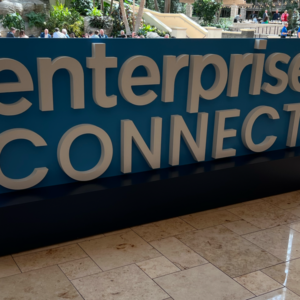What Phantom Power is and why you need it

Hello, is this thing on? Is the power on or what? That’s the question speakers and singers always ask when their fancy condenser mic isn’t blasting a beefy signal. But what’s the deal with this so-called phantom power anyway, and why’s it so crucial for condenser mics to function? Let’s break it down for the uninitiated.
Phantom refers to sending extra voltage to mics that need it. Most mixers and interfaces provide 48V DC power, which gets sent through the same balanced XLR cable that carries audio back from the mic. It’s called “phantom” power ’cause there’s no visible power supply – the extra juice just rides invisibly along the existing mic cable. Spooky, right?
Don’t indiscriminately blast power to every single channel if they don’t need it. Some mixers let you toggle it for specific channels or groups. Leaving phantom power on won’t fry your dynamic mics even if they don’t need the extra voltage. Dynamic mics just ignore the flow. That’s why it’s called phantom – it’s chill with mics that don’t need the juice.
Condensor Mic Needs
The reason it’s harmless to dynamic mics is because of how phantom power flows along the pins of a balanced XLR connector. The voltage is equal on pins 2 and 3 – so if the phantom power sends 48V to pin 2, it also sends 48V to pin 3. With no difference between the pins, no current actually flows to the dynamic mic’s output. The phantom supply has protection circuitry to prevent damage even if something’s miswired. So no need to stress about zapping your dynamics.
Alright, so why do condensers need this power when dynamics and other mics don’t? It’s all about how their internal capsule works to convert sound into electrical signals.
Condensers have an ultra-thin conductive diaphragm membrane that makes up one plate of a capacitor. The phantom power provides the crucial polarization voltage that charges up this capacitor and creates an electrostatic field between the diaphragm and a fixed backplate. It’s this capacitive charge that lets the condenser capsule convert acoustic vibrations into electrical currents that mirror the sounds. Science!
Phantom Power Brings It

Essentially, the phantom power gives condenser mics the power source they require to operate based on their specific capsule design. Modern condensers use phantom supplied by the mixer or interface. Wireless mics and some condensers have onboard batteries or external power supplies instead.
Never wanna double up on phantom power sources. This is a case of more power not being a good thing. Only connect mixer/interface phantom to mics that need it and aren’t already juiced up internally or externally. Accidentally overlapping power supplies can be disastrous and fry your mic.
Speaking of mic disasters, here’s one last bit of advice: if your musicians use in-ear monitors, make absolutely sure the phantom is already on BEFORE they put in their earpieces. If you gotta turn on phantom power after they’ve inserted their in-ears, insist they take out their ears first! Doing so avoids getting blasted by nasty pops when the power activates. Pops in in-ear headphones are no fun.
Why the fuss?
Phantom power provides crucial voltage for mics with capacitive capsules to function. It rides invisibly through existing mic cables. Just be sure to only give power to mics that actually need it, and keep it off for dynamics. Avoid phantom overlap or doubling up the power, and toggle it on before musicians put in their in-ears. Now you’re ready to use phantom power like a pro!









